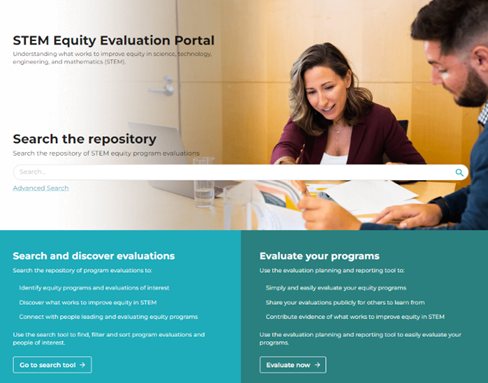Equity is improving – but slowly. New evaluation portal provides clues for action.
Launched today at 1pm with opening comments from:
- The Hon Ed Husic MP, Minister for Industry and Science
- Professor Lisa Harvey-Smith, Australia’s Women in STEM Ambassador.
And discussion with
- Anna-Maria Arabia, CEO, Australian Academy of Science
- Dr Wafa El-Adhami, CEO, SAGE (Science in Australia Gender Equity)
- Dr Isabelle Kingsley, Office of Australia’s Women in STEM Ambassador.
Equity in science, technology, engineering and maths is improving – but slowly, according to the Australia government’s STEM Equity Monitor.
Between 2020 and 2021 the number of women in STEM-qualified jobs grew by two percentage points to 15 per cent. And 37 per cent of STEM university enrolments are women, up three points.
But there are still systemic barriers to full participation that persist, such as the competing demands of caring responsibilities. For example, of unemployed women with STEM qualifications in 2016, 28 per cent reported that they provided unpaid child care to their own or other children, compared to 10 per cent of unemployed men.
“We need rigorous and well-resourced initiatives to reduce barriers to workforce participation,” says Professor Lisa Harvey-Smith, Australia’s Women in STEM Ambassador.
“We need to know which of the hundreds of STEM equity programs across Australia are making a difference. That’s why we’ve created the STEM Equity Evaluation Portal, to enable everyone involved in STEM equity programs to assess and share what works and what doesn’t, helping other programs around the country,” says Professor Harvey-Smith.
The free evaluation tool will help people assess their programs and share their findings, helping programs improve and scale-up, generating useful data, and helping other equity, diversity and inclusion programs around the country.
Visit the Portal at: evaluation.womeninstem.org.au.
“I invite everyone running a STEM equity program to use our free evaluation Portal, and to share findings so we can all learn as a community, and refine our programs to make a sustainable difference,” says Dr Kingsley, creator of the Portal.
“The Portal draws on the framework from the National Evaluation Guide that we launched in 2020,” says Dr Kingsley.
Following the launch of the Guide in 2020, some of Australia’s STEM equity programs shared their evaluations as examples. They outline the entire process – from the evaluation plans to the completed reports.
Each of the examples applies the five steps of the framework from the Guide and Portal: Define, Plan, Design, Execute and Share.
- STEM Women
- Science in Australia Gender Equity (SAGE) pilot
- Champions of Change Coalition (CCC) STEM
- TechGirls Competition
- STEM Returners
Read these program evaluations at womeninstem.org.au/examples-of-program-evaluations/.
“The pandemic threatens to undo a lot of the good work that has been done, so we urgently need to know what works and make sure we’re doing it,” says Dr Kingsley.
The Guide and Portal are key actions of the Australian Government’s Advancing Women in STEM 2020 Action Plan. It is also a priority of the Women in STEM Decadal Plan.
Development of the Portal was supported by the Australian Government’s Department of Industry, Science and Resources.
The Australian Government has taken steps to make evaluation a condition of grant funding, including under the Women in STEM and Entrepreneurship (WISE) grants program. The Government recommends the use of tools like these to evaluate the success of current and future WISE projects in meeting their intended outcomes.
The Women in STEM Ambassador is an Australian Government Initiative to improve the participation of women and girls in science, technology, engineering, and mathematics in Australia. Professor Lisa Harvey-Smith was appointed as the Australian Government’s Women in STEM Ambassador in 2018.








